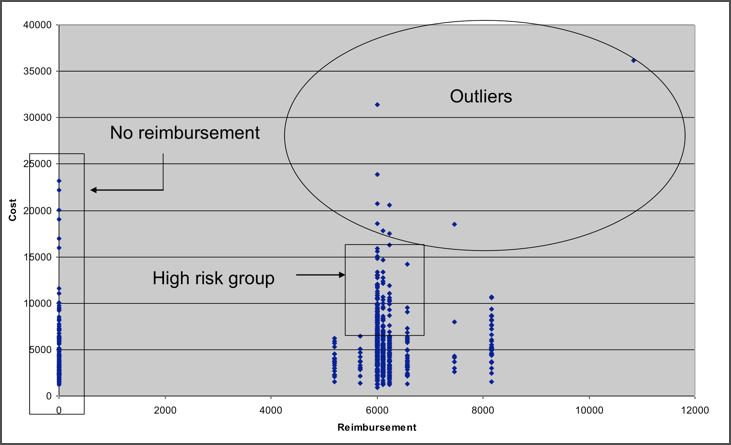The alarming economics of high utilizers in MIH
Do you ever wonder, ”Am I making a difference?”
Have you heard the parable of the star thrower? The story is old, but enduring; it captures the challenge faced by anyone trying to help their community:
A little girl stood on a beach covered in starfish stranded by a storm. Over and over she bent down, picked up a starfish and threw it, returning it to the water.
A man called out: “What are you doing out there? There are thousands of starfish on this beach. You can’t begin to make a difference.”
Crestfallen, the little girl thought for a moment. Then she threw another starfish, hurling it with all her might, and said: “I made a difference for that one.”
And soon enough, the man was throwing starfish too.
Anecdotes aside, the financial data is more compelling. Some time ago, HealthCall conducted a study and found that just 9 patients out of 2,430 were significantly skewing average program costs. These outliers were high utilizers of healthcare resources, disproportionately consuming resources like emergency department visits and inpatient care. The study was foundational for our work with mobile integrated health (MIH) clients, helping them provide proactive care for high-utilizers to address their underlying issues at a fraction of the cost.
Numerous HealthCall clients’ real-world results reveal that in MIH programs, 80% to 95% of costs are driven by just 20% to 5% of the population. This pattern compels nearly every high-utilizer MIH program today.

For more information, please contact:
Sara Bruner
sbruner@healthcall.com
HealthCall, LLC
